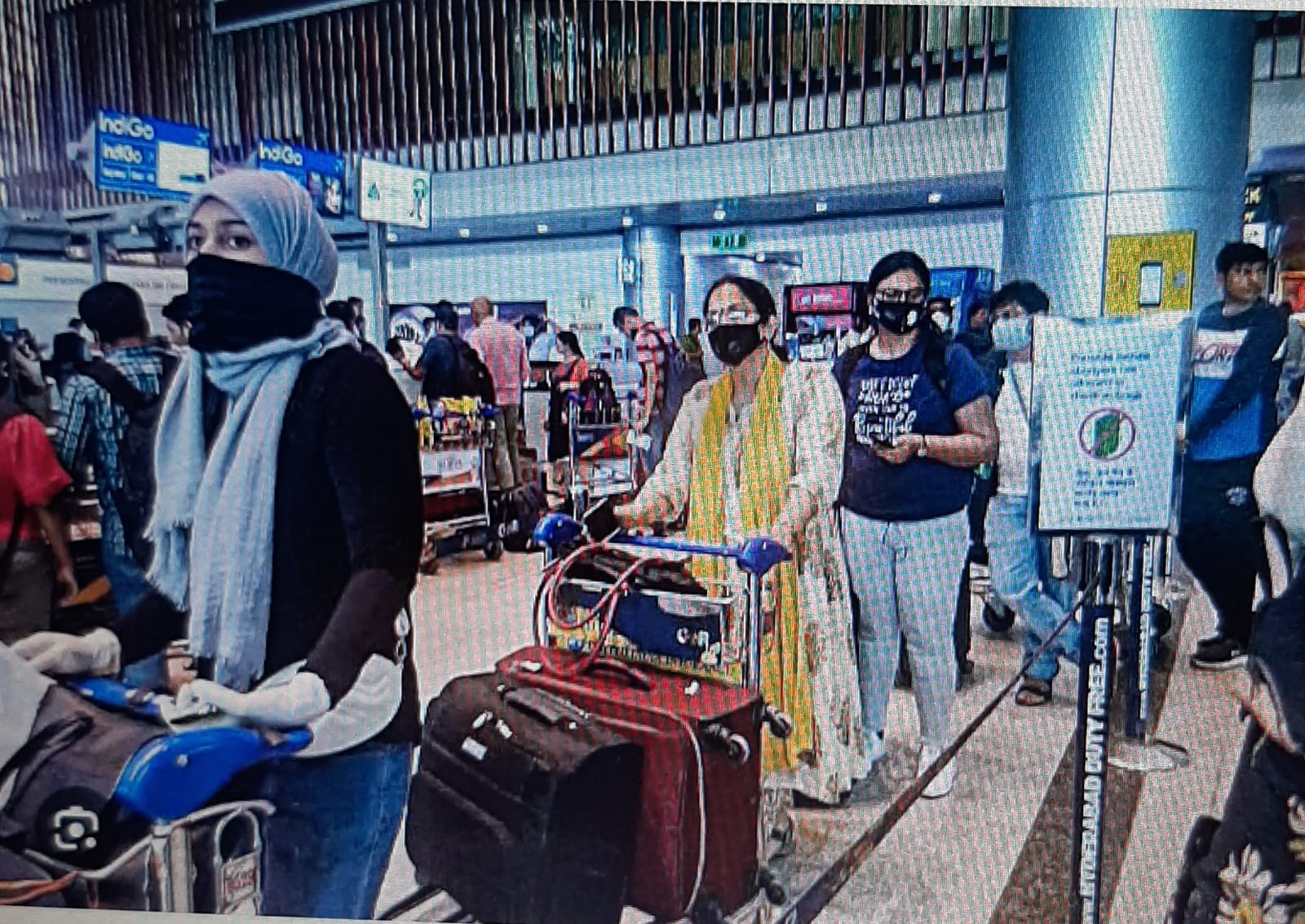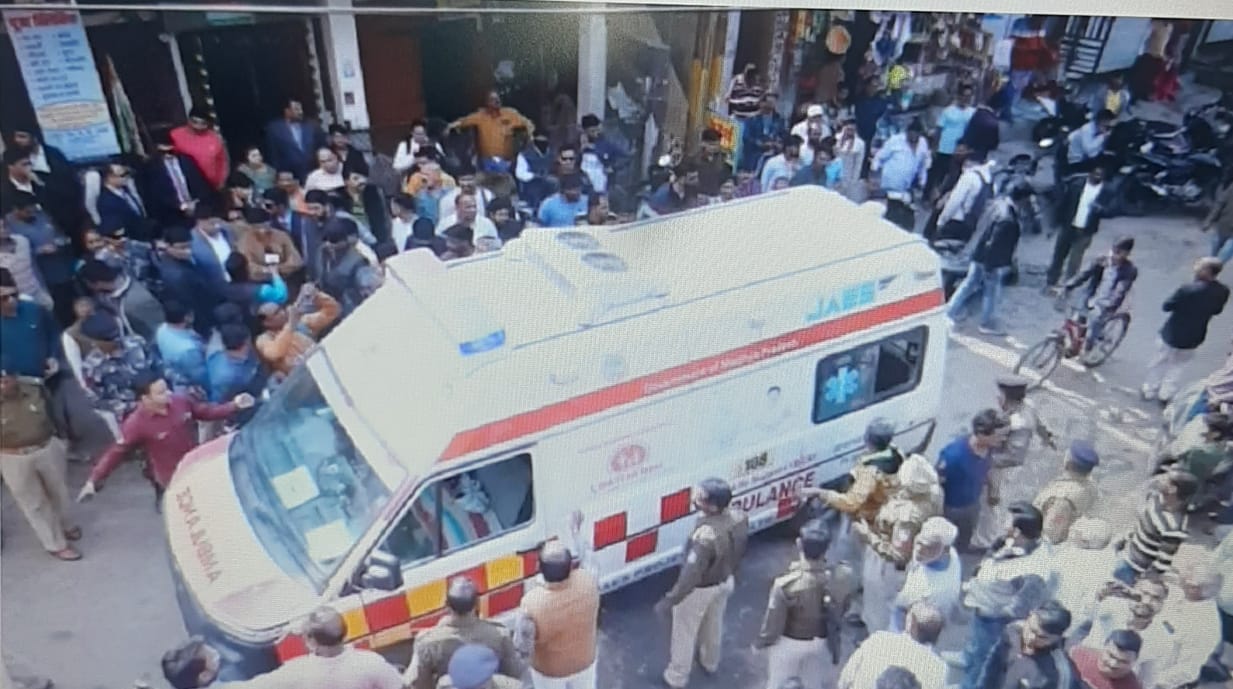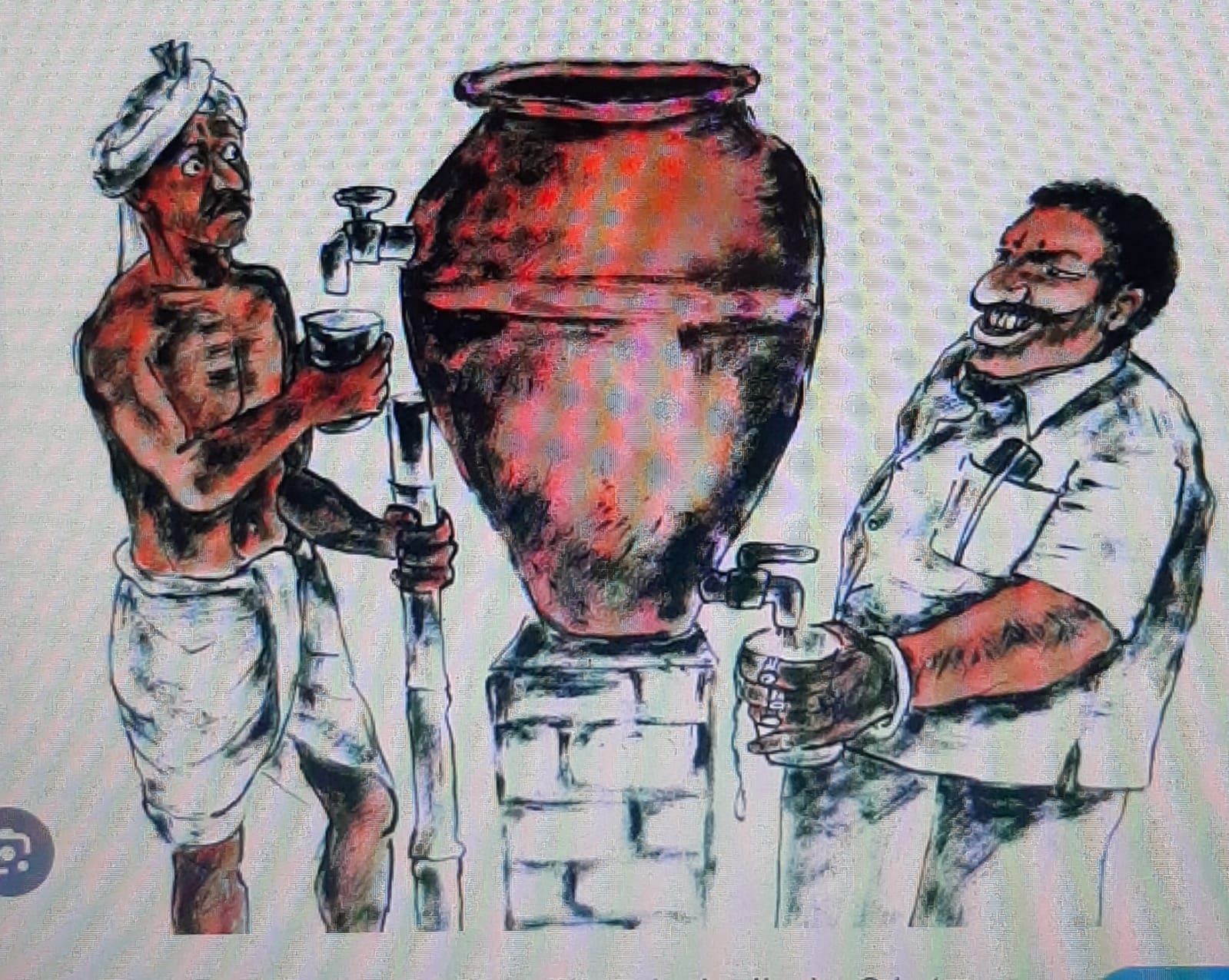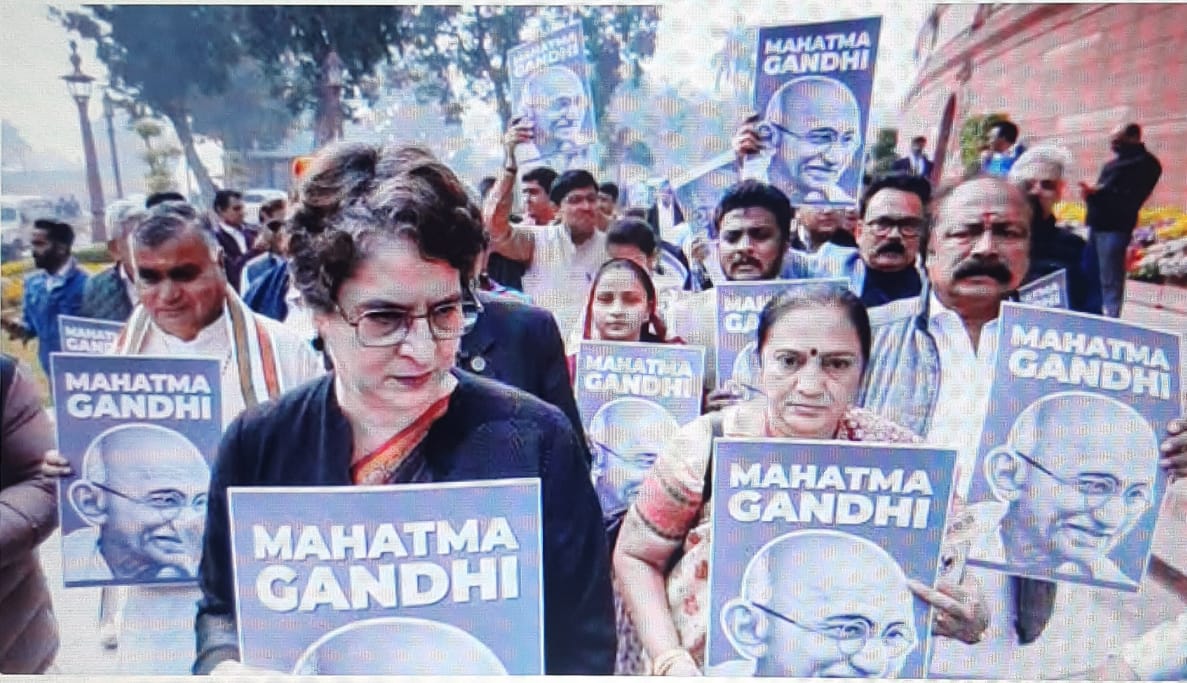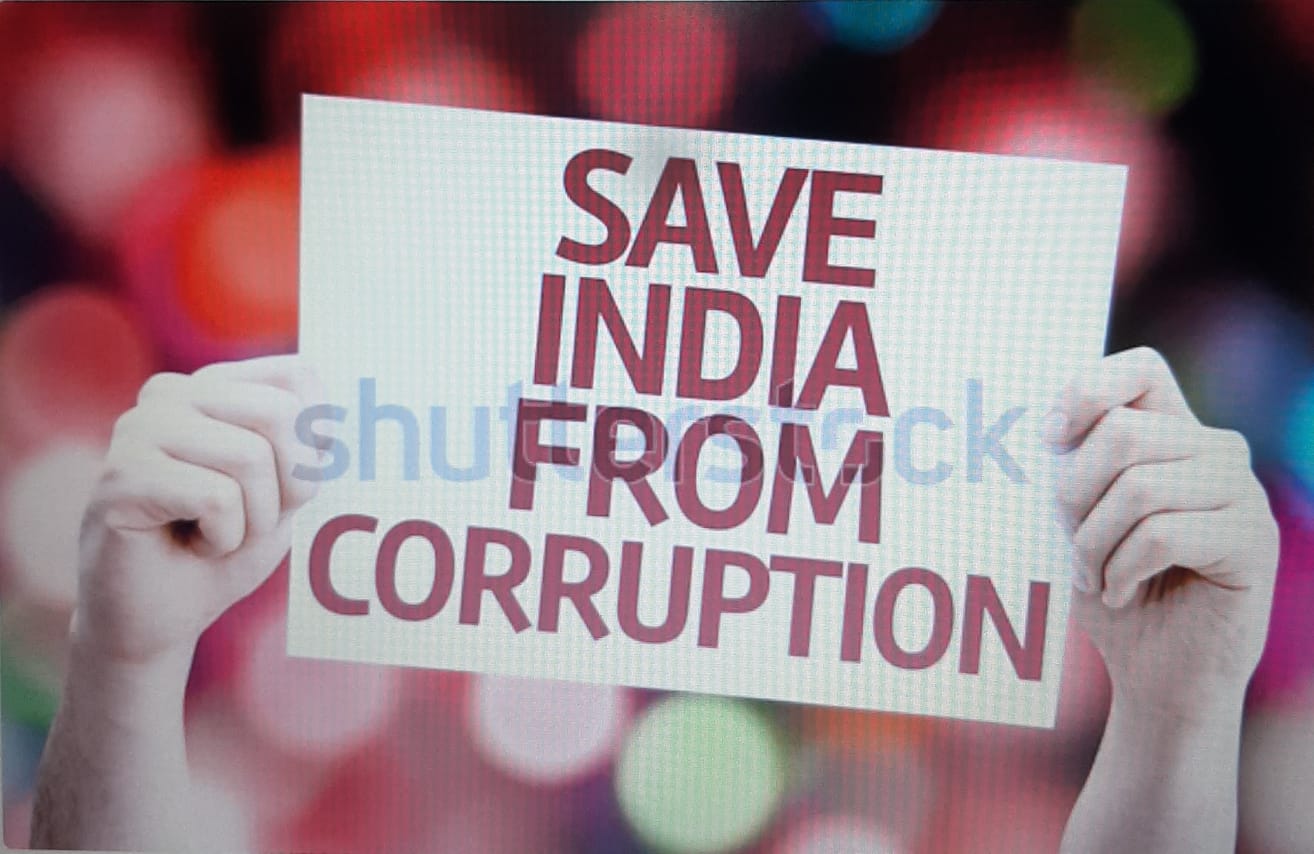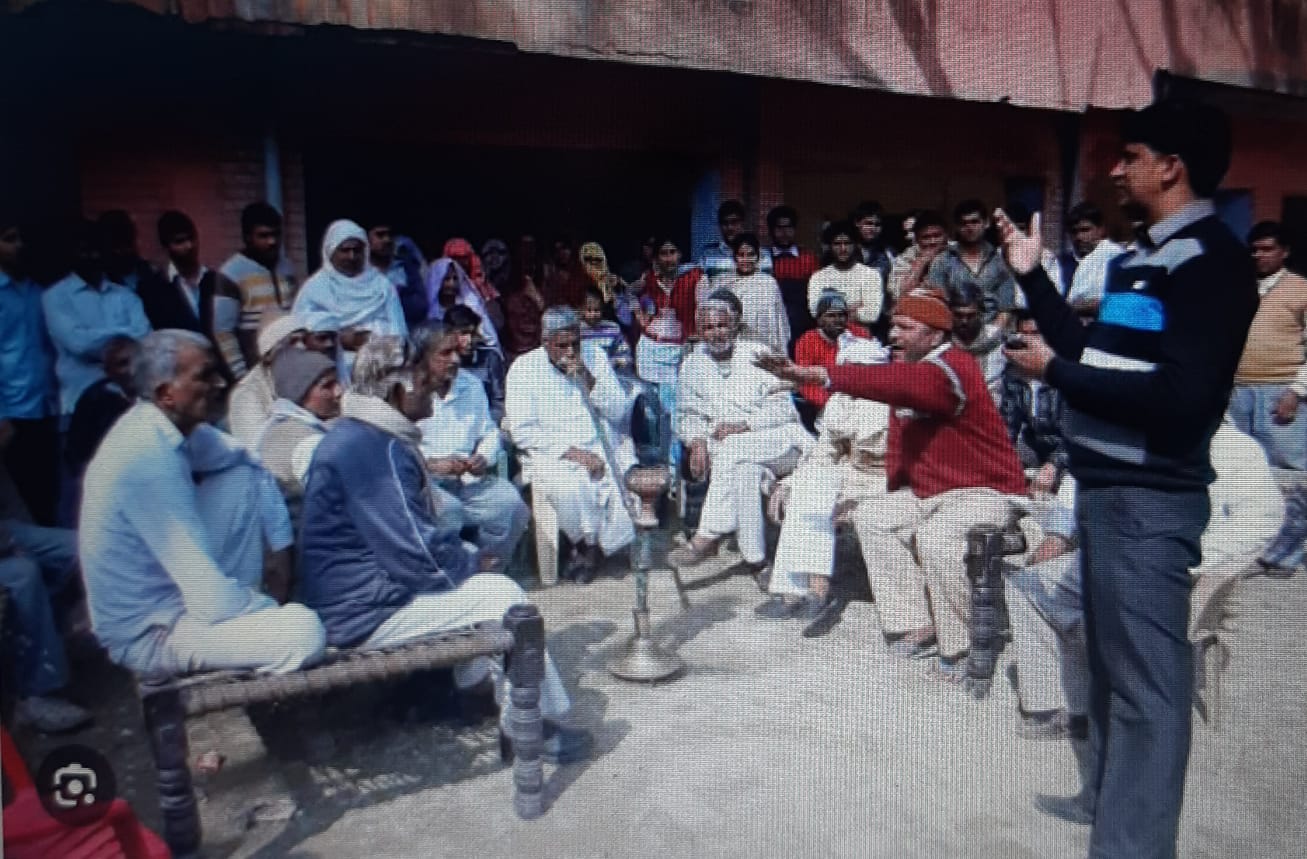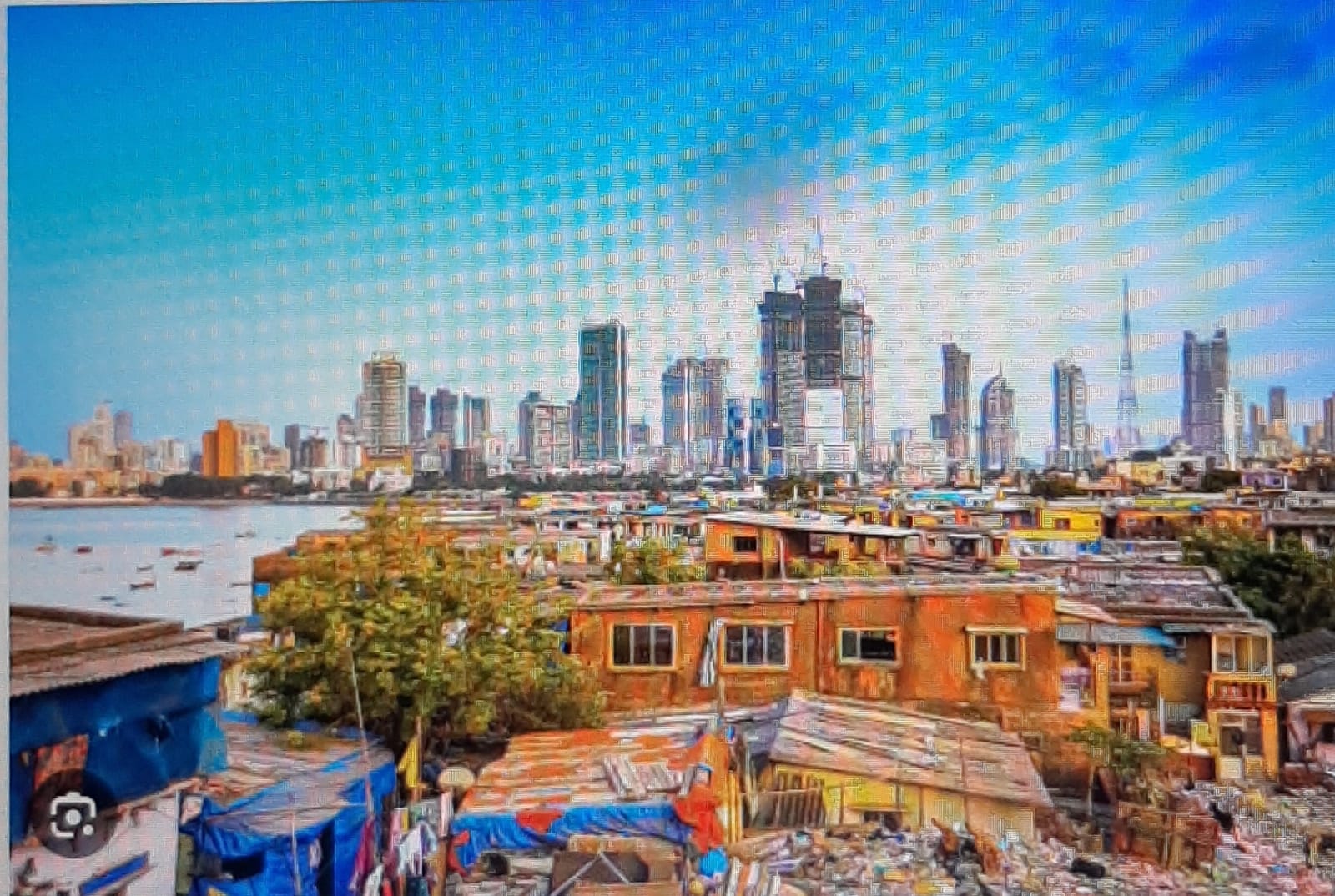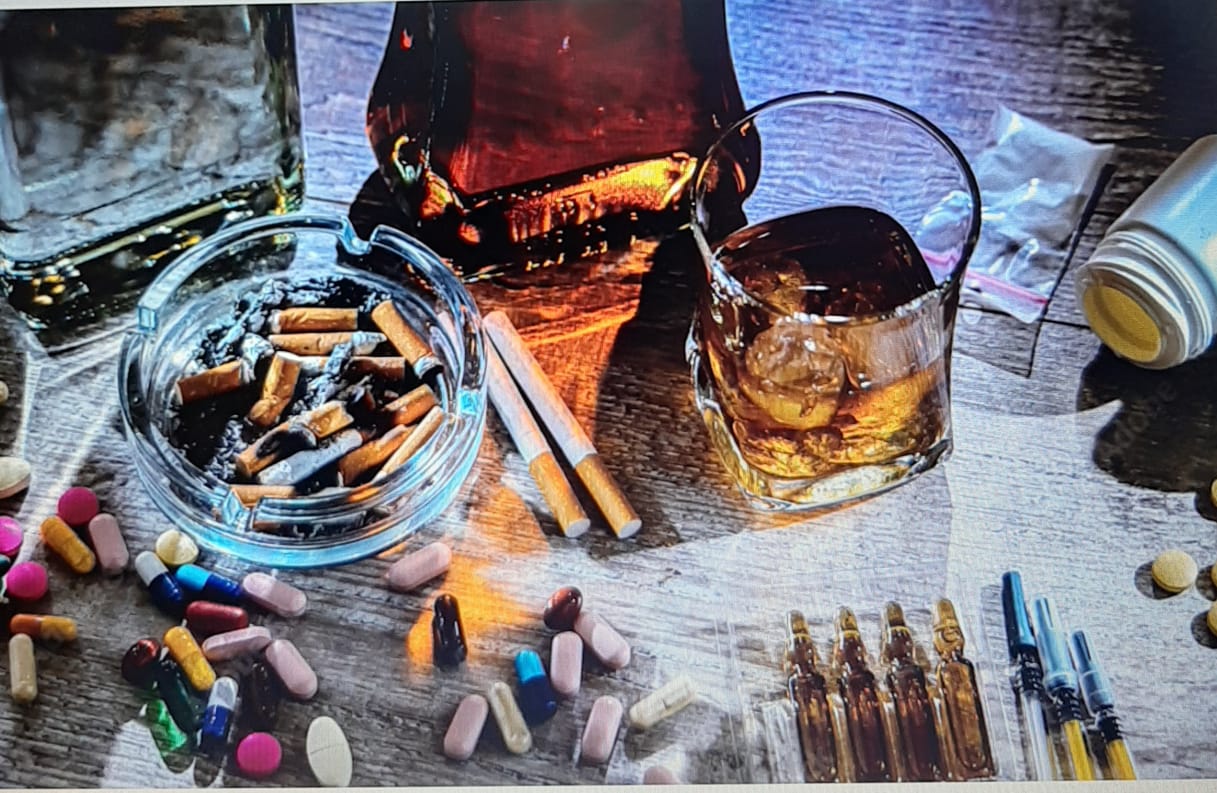
As early as 1980s, the menace of drug addiction had become noticeable in some districts of Uttar Pradesh where I had the occasion to serve. By the early nineties, drugs were easily available in almost in every district, for consumption. During my tenure as district magistrate in a few districts– ruthless actions was taken. Hundreds were apprehended, many of the guilty were jailed. It was done without fanfare or any help or support from the government. The drug menace can be effectively curbed at the district level-the will has to be there, writes former IAS officer V.S.Pandey
Religion was purported to be the opiate of the masses universally. This has ominously changed. Chilling statistics now exemplify that opioids and narcotic addiction has viciously proliferated amongst our youth especially and is devastating our society. International drug cartels are not only trafficking drugs with ease but have even set up manufacturing units here. Complicity has allowed this illicit trade to flourish. Governments must act and walk their loud talk now.
The Punjab government had recently published a full front page advertisement publicizing the action taken by the government against the drug mafias and their accomplices. Punjab is a hot bed of drug trafficking, being a border state, and there is rampant drug addiction amongst the youth particularly. It is heartening to note that the state has initiated measures to curb this menace and foregrounded this issue in the public domain. It is a start. How far will the state of Punjab go, how effective will it be – in eradicating the octopus like grip of drug mafias over the system -is the big question.
Drug abuse is an unchecked menace which has been allowed to reach alarming proportions in our country and needs to be tackled on a war footing. Unfortunately, it is yet to be tackled seriously by our system. Instead of galvanizing epidemic like stringent measures, it is handled by our policing system routinely as just another crime! The result has been disastrous! Almost every household is suffering the devastating impact of this surging pandemic. What was once considered a marginal problem has now taken center stage as one of the most pressing socio-economic issues facing the nation. The ominous surge in substance abuse, especially among teenagers and young adults, is not just a health crisis; it is also eroding the very foundation of India’s demographic dividend.
India has over 600 million people under the age of 25. While this demographic is the country’s greatest asset, it is increasingly becoming victim to the ruinously fatal grip of addiction.
According to the latest report of Ministry of Social Justice and Empowerment’s the magnitude of substance use must raise alarm –
16 crore people (14.6%) between the age of 10 and 75 years are current users of alcohol, and out of them, 5.2% are alcohol dependents.
- About 3.1 crore individuals (2.8%) are cannabis users, and 72 lakh (0.66%) people suffer from cannabis problems.
- Overall opioid users 2.06% and nearly 0.55% (60 lakh) require treatment services/health
- 1.18 crore (1.08%) are current users of sedatives (non-medical use).
- 1.7% of children and adolescents are inhalant users as compared to adults of 0.58%. Nearly 18 lakh children need help for inhalant use.
- It is estimated that about 8.5 lakh people are injecting drugs (PWID – people who inject drugs)
In states like Punjab, Haryana, Himachal Pradesh, and parts of the Northeast, drug abuse has reached humungous levels -which is a matter of grave concern for any nation. Urban centers like Delhi, Mumbai, Bengaluru, and Kolkata are not far behind, with clubs, pubs, and even schools becoming hotspots for substance abuse. Unfortunately, the governance system seems to callously ignore this perilous situation.
As early as 1980s, the menace of drug addiction had become noticeable in some districts of Uttar Pradesh where I had the occasion to serve. By the early nineties, drugs were easily available in almost in every district, for consumption. During my tenure as district magistrate in a few districts– ruthless actions was taken. Hundreds were apprehended, many of the guilty were jailed. It was done without fanfare or any help or support from the government. The drug menace can be effectively curbed at the district level-the will has to be there.
Unfortunately, the requisite administrative will is lacking. Despite strict laws, narcotics and alcohol are widely accessible to any-including vulnerable schoolkids – who want to consume them. Online drug peddling, lack of regulatory control, and corrupt practices allow youth to obtain addictive substances with ease. Children growing up in households with substance abuse issues are scarred for life and vulnerable to imitating such behavior. Lack of parental supervision, broken families, and domestic violence are significant contributors.
There is a grave need that governments, media, social media and NGO’s need to make sincere and persistent efforts to enhance public awareness -that those who are trapped in this addiction will suffer severe physical and mental health issues ranging from liver damage, heart disease, and respiratory problems to neurological damage. Addiction can be fatal. Mental disorders like schizophrenia, psychosis, and suicidal tendencies are also linked with prolonged substance abuse. There is another horrific side of drug addiction – crime . To sustain their addiction, many youth resort to theft, robbery, or even drug peddling. This not only increases crime rates but also leads them down a ruinous path from which extrication becomes impossible.
A nation’s future depends on its youth. A generation addicted to drugs and liquor is a burden, not an asset. This addiction crisis undermines economic productivity, increases healthcare burdens, and destabilizes social harmony. Although India has several laws to curb substance abuse like Narcotic Drugs and Psychotropic Substances Act (1985) but the situation is worsening steadily because enforcement remains weak and inconsistent, and corruption and loopholes often dilute the impact of laws-which are violated with impunity.
Governments have to show a steely will to remedy the situation. Wide spread corruption -across all echelons of governance- is the major cause of non implementation of the anti drug laws. Is the rapid acceleration of drug addicts not distressing enough to galvanise our governments into tackling the problem of wide spread corruption to curb this evil menace – is the salient question. India cannot afford to be passive on this critical front as the situation is precarious. Our governments, both at the center and in the states must come out of their slumber and act expeditiously. Only then can we save a majority of young lives from addiction- we are not merely saving precious lives of individuals—we are safeguarding the future potential of an entire nation.
(Vijay Shankar Pandey is former Secretary Government of India)


